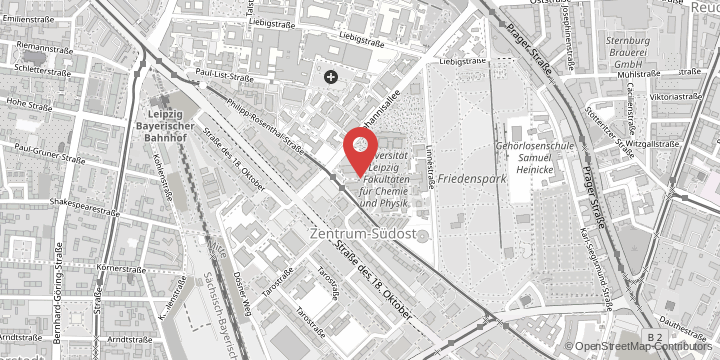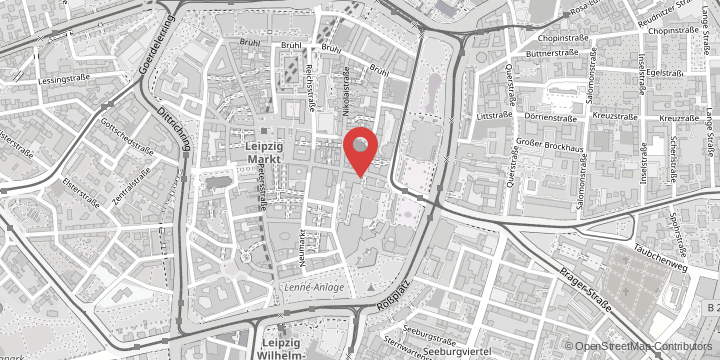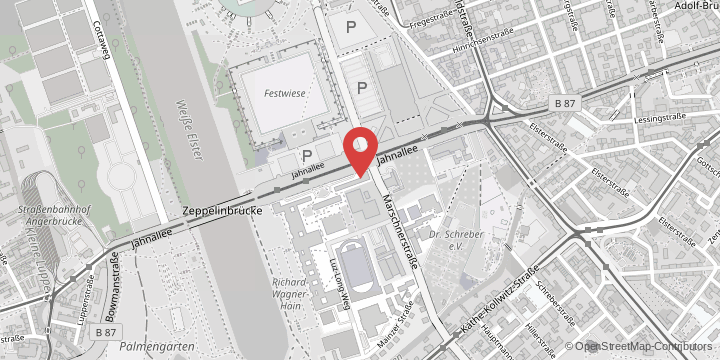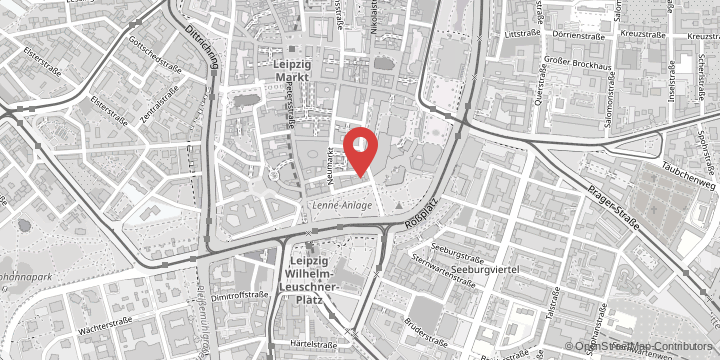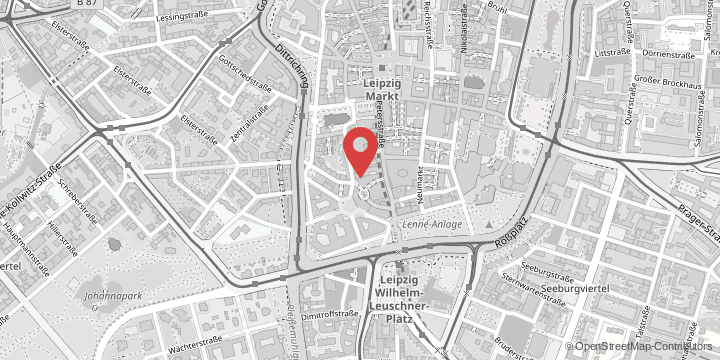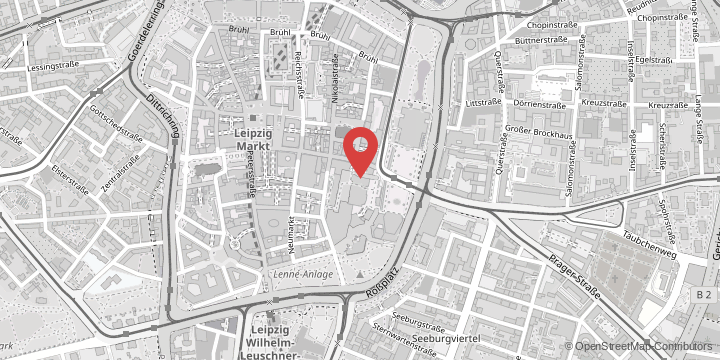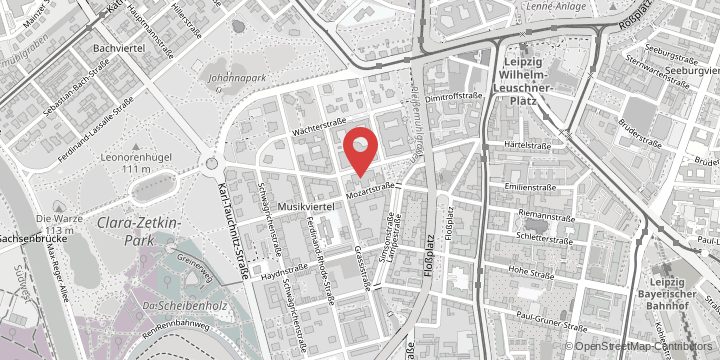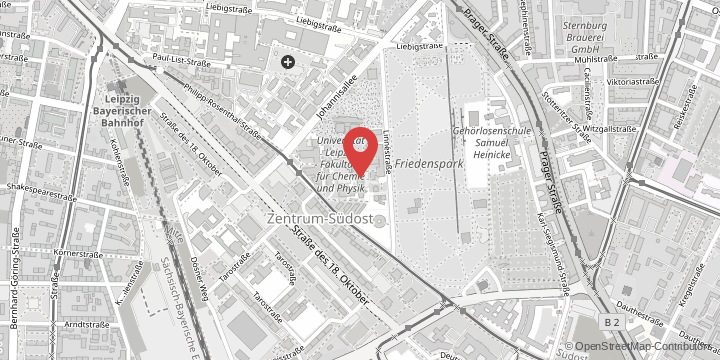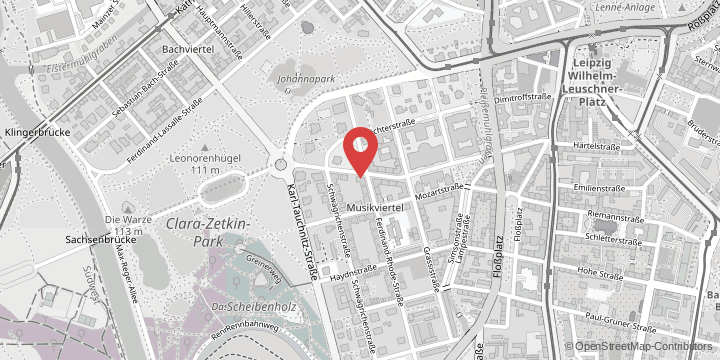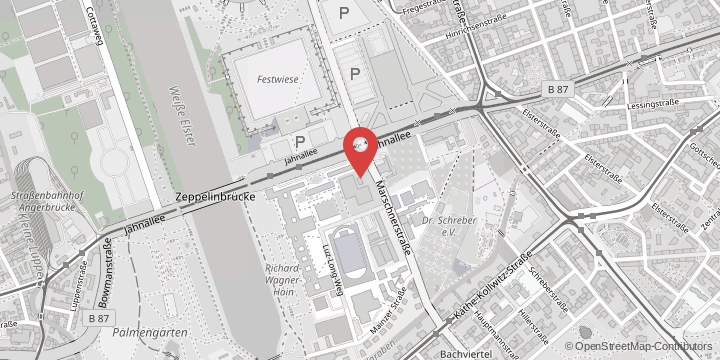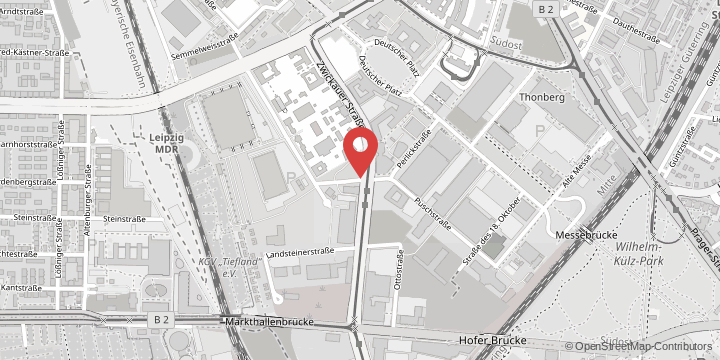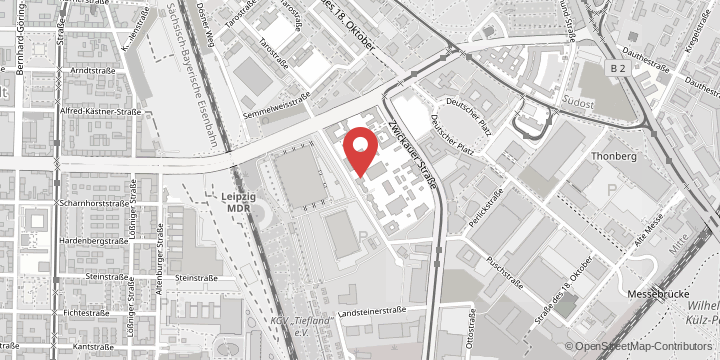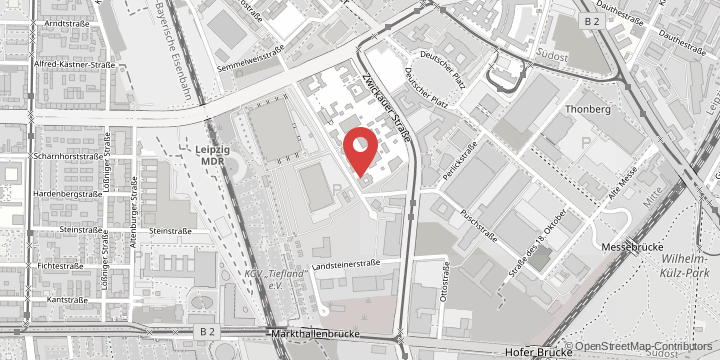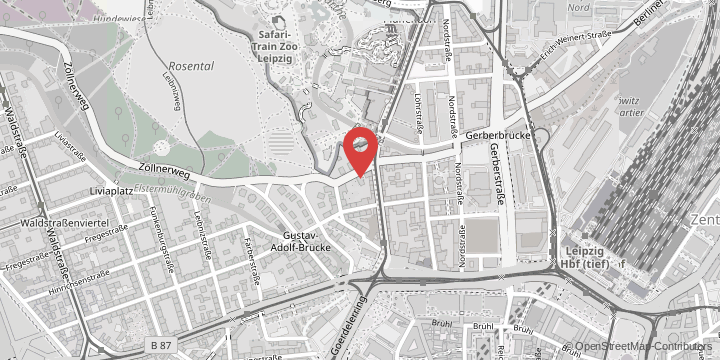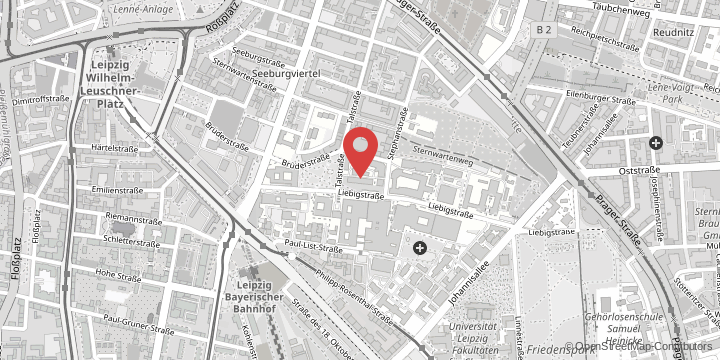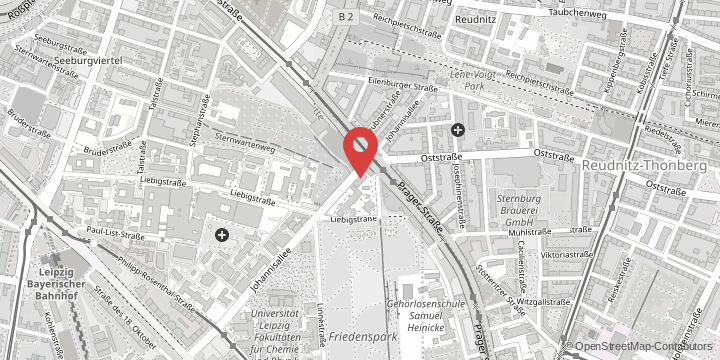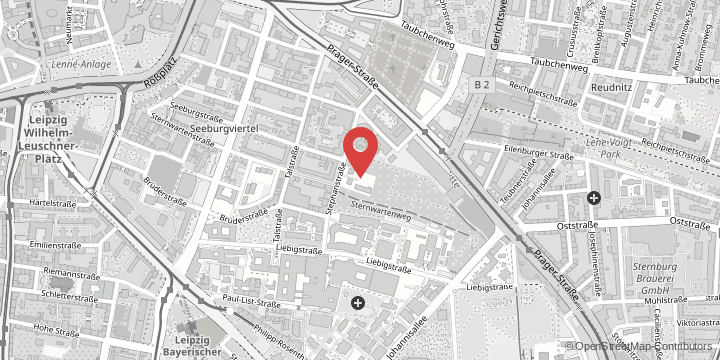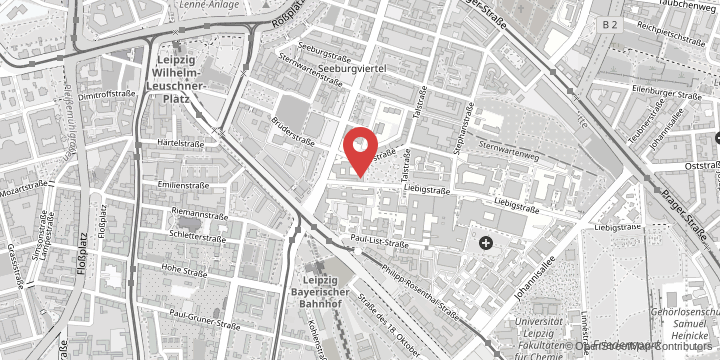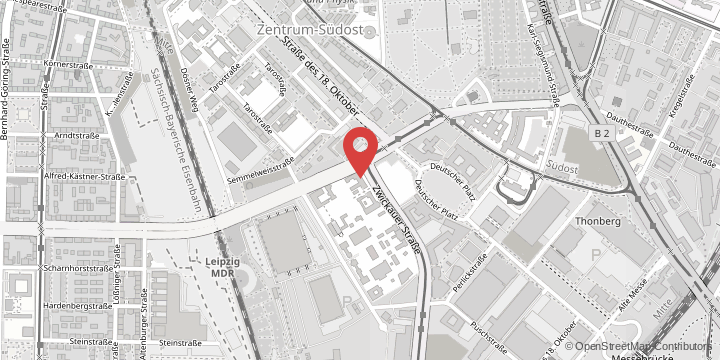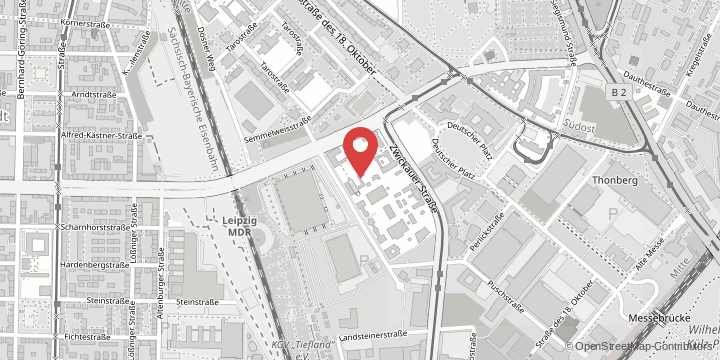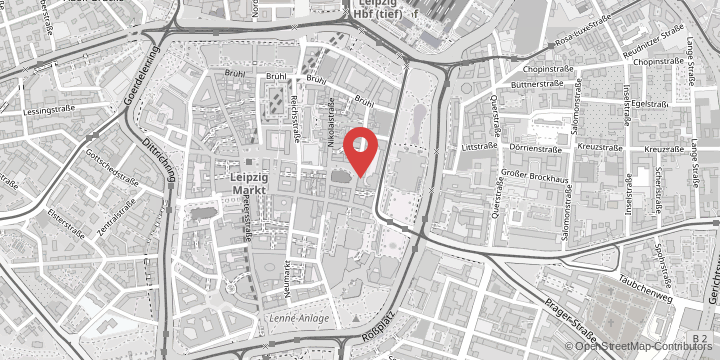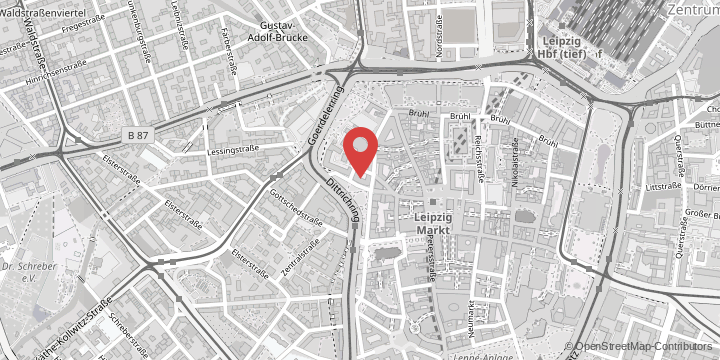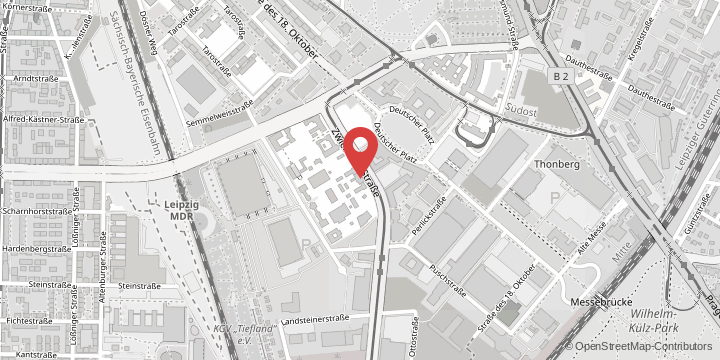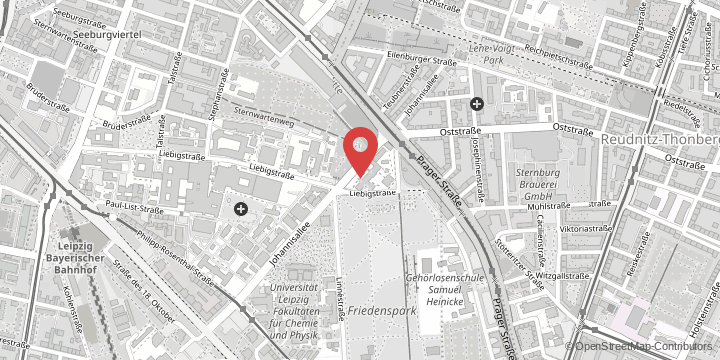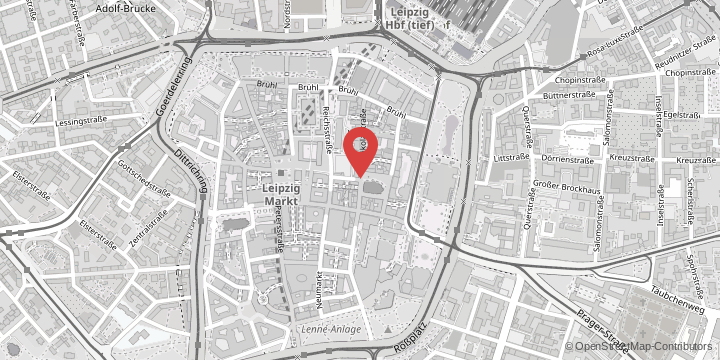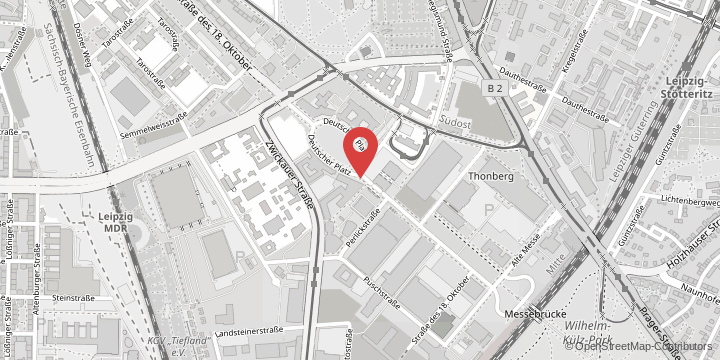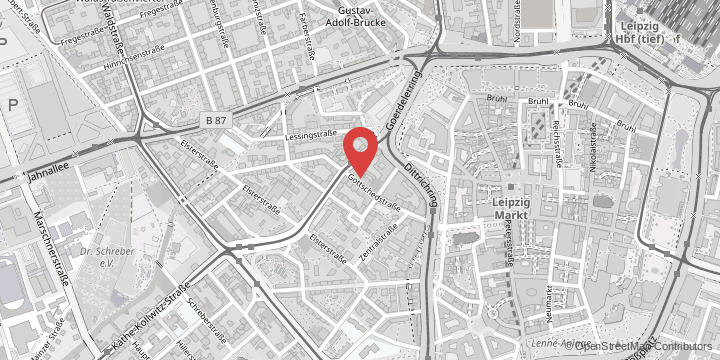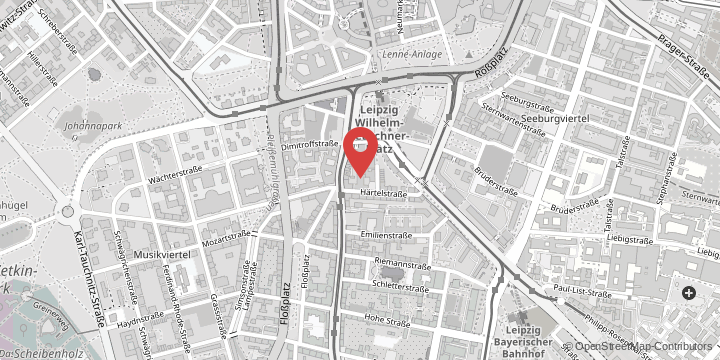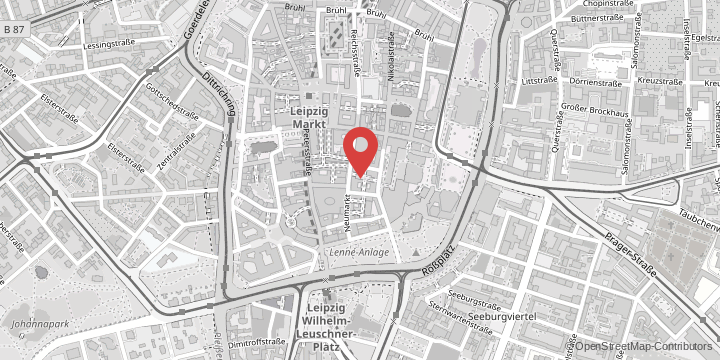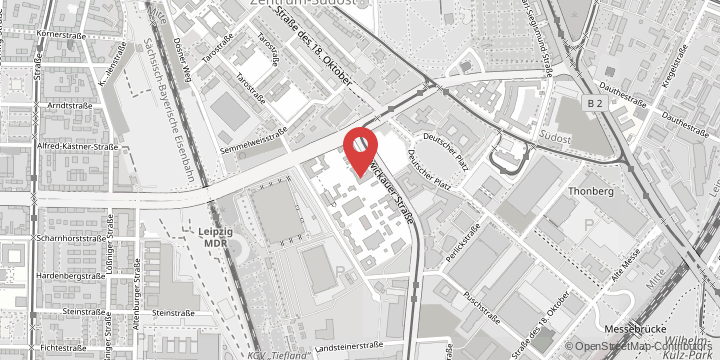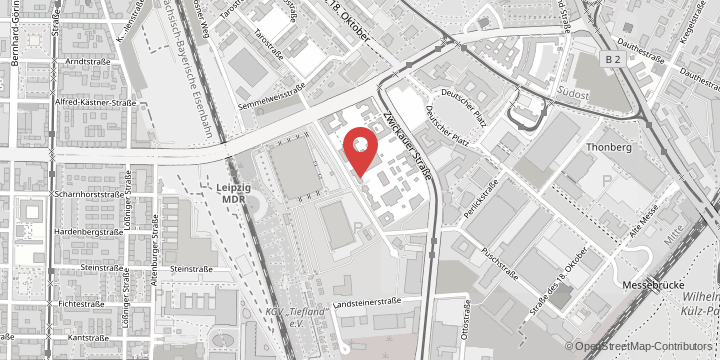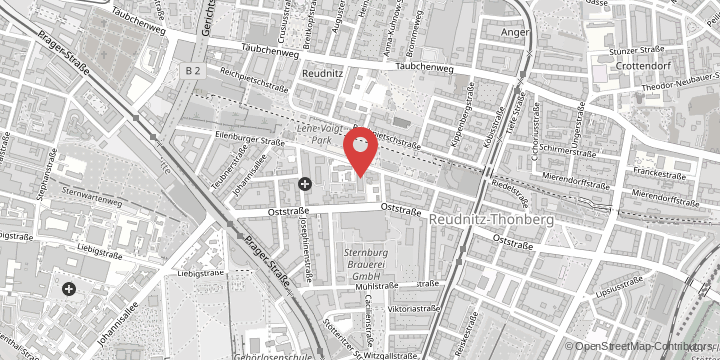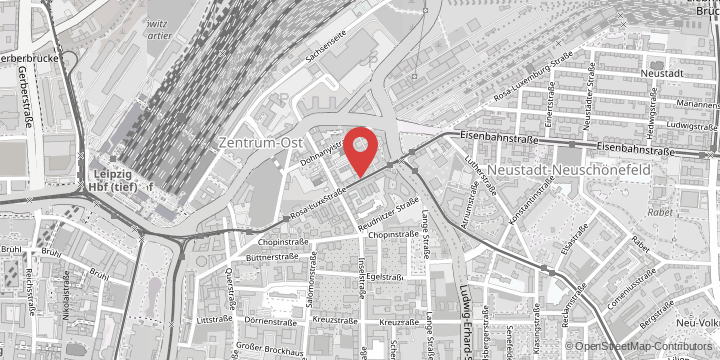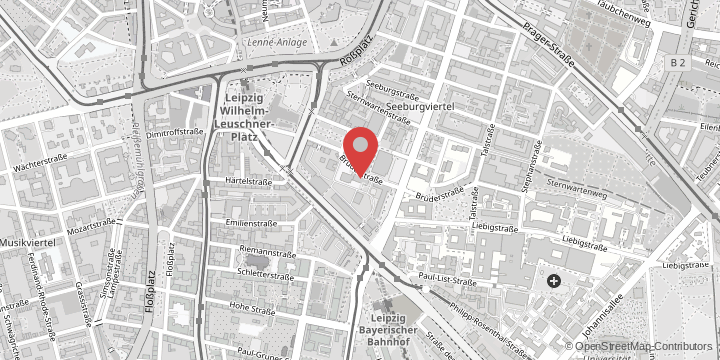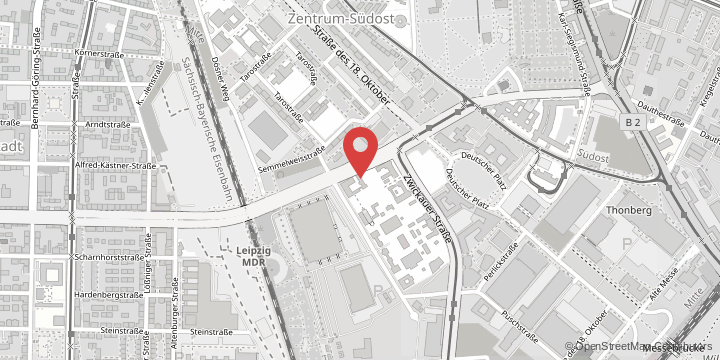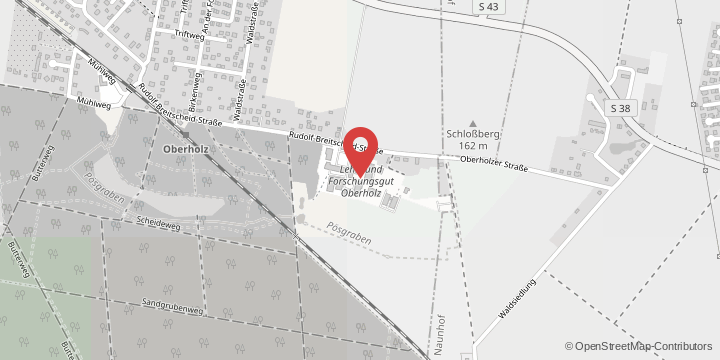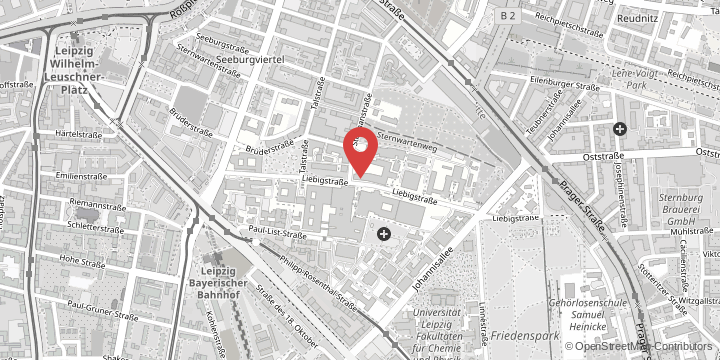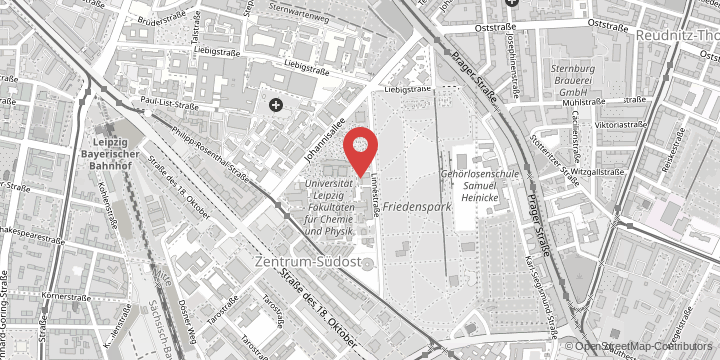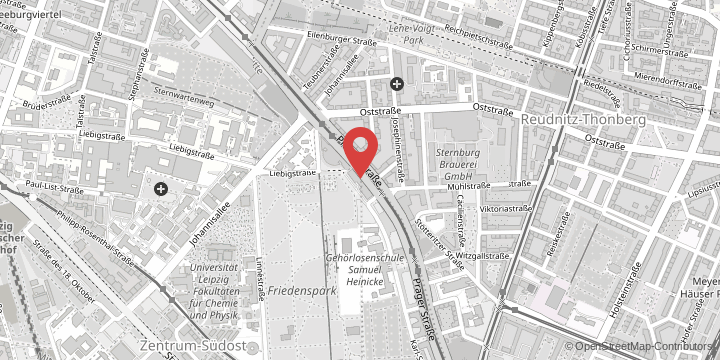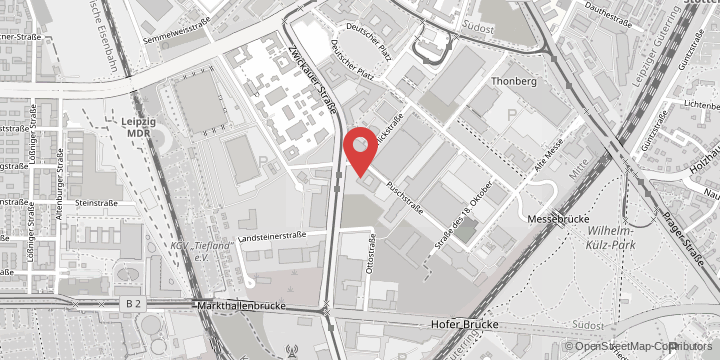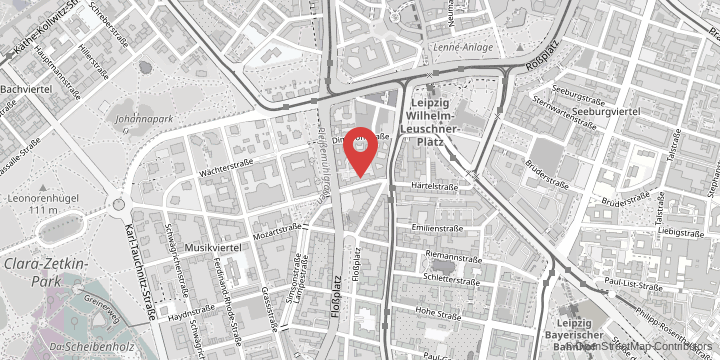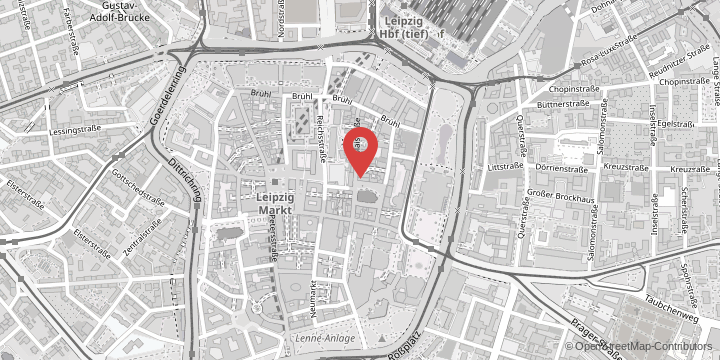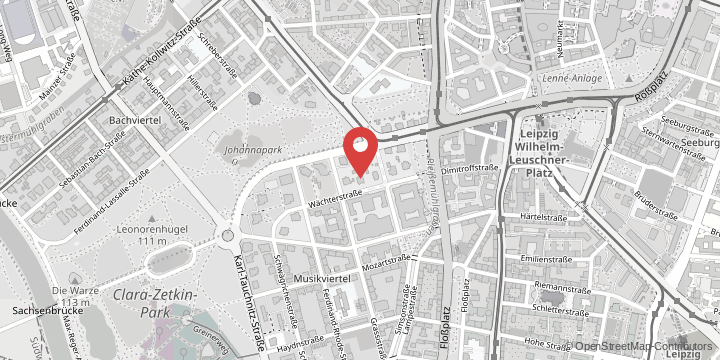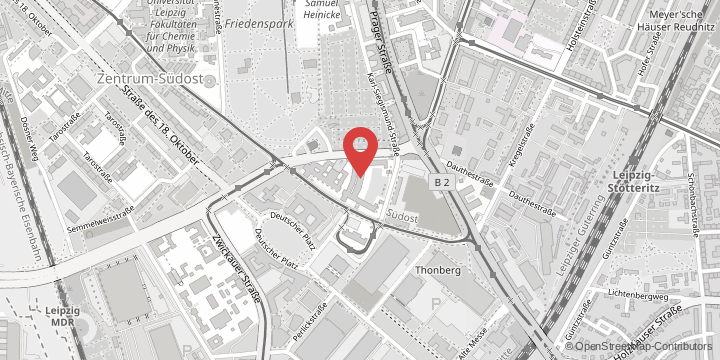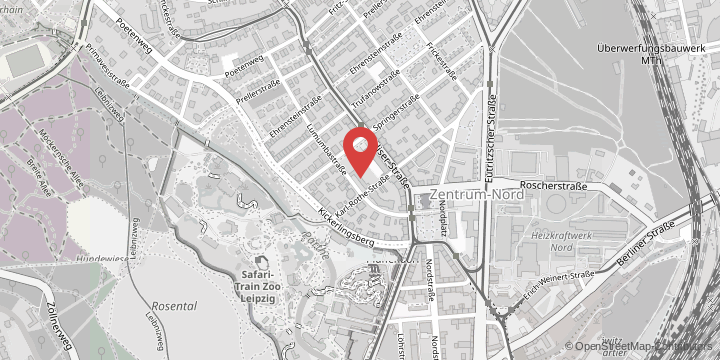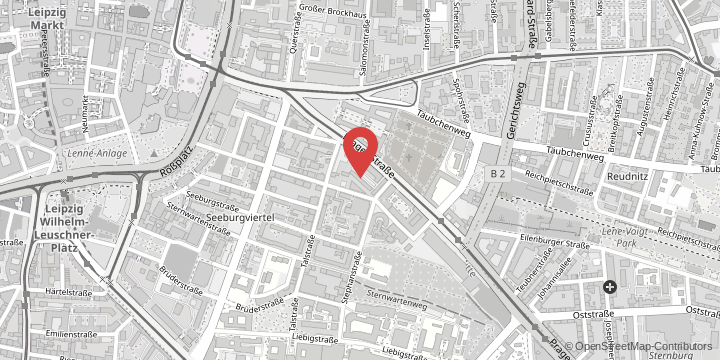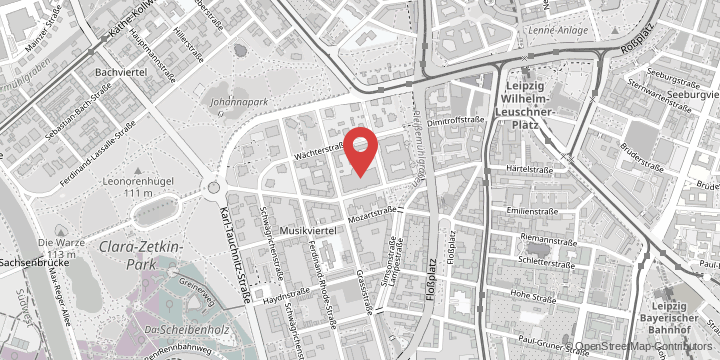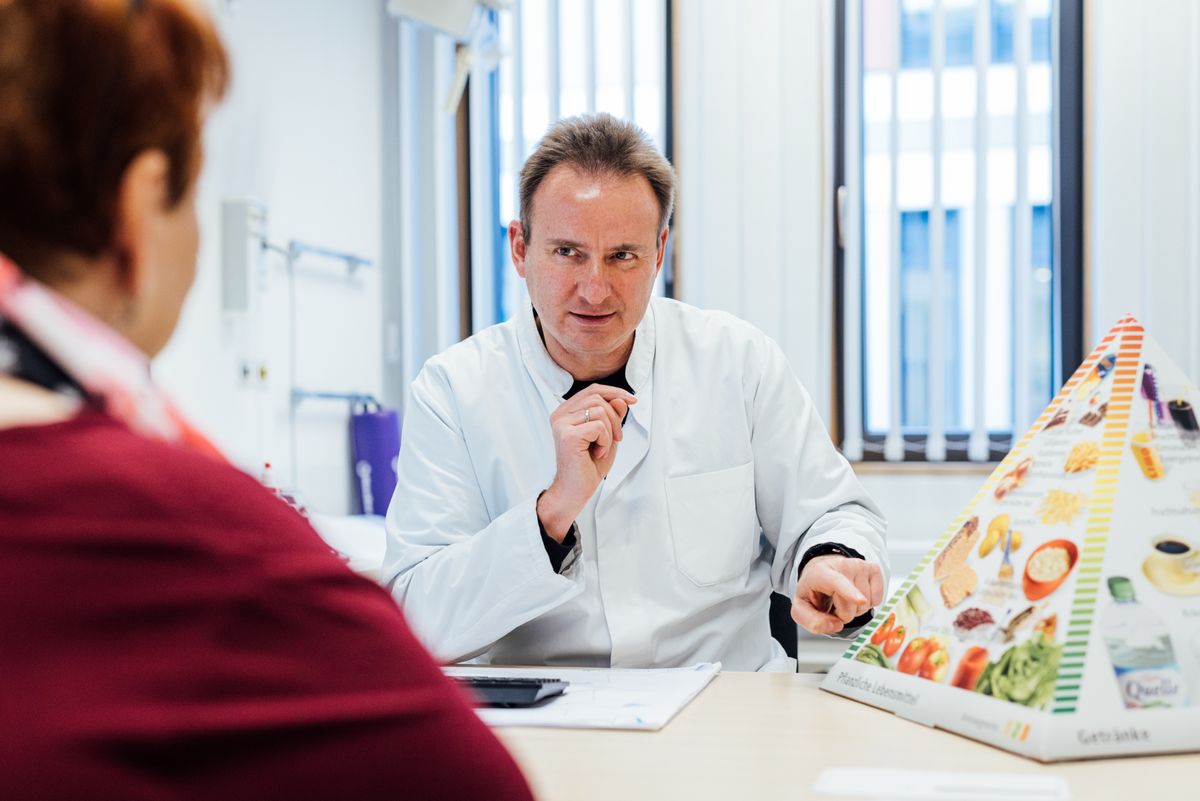Collaborative Research Centres (CRCs) and Transregios are made up of a number of sub-projects. They involve several different departments from universities and research institutions across the region working together. Running for a maximum of twelve years, they allow the participating researchers to devise and carry out challenging and complex research projects. Transregios differ from Collaborative Research Centres in that usually two or three universities submit a joint proposal and up to a third of the research is undertaken by non-university research institutions.
DFG Collaborative Research Centres and Transregios Hosted by Leipzig University:
The Obesity Mechanisms Collaborative Research Centre has been examining three main research foci since 2013: overeating, fat deposition and inflammation, and altered adipokine secretion. In cooperation with three partner institutions – the Max Planck Institute for Human Cognitive and Brain Sciences, the Helmholtz Centre for Environmental Research (UFZ) and Ben-Gurion University of the Negev (Israel) – the researchers aim to enhance our understanding of obesity as a multifactorial and socially relevant disease. Graduates of the Obesity Mechanisms Integrated Research Training Group can acquire the knowledge gained in obesity research as well as additional practical skills, thus equipping them for successful scientific careers.
The competence center for “Understanding Obesity” bundles interdisciplinary research on this modern disease at the University of Leipzig in order to develop solid concepts for dealing with the social challenge of obesity.
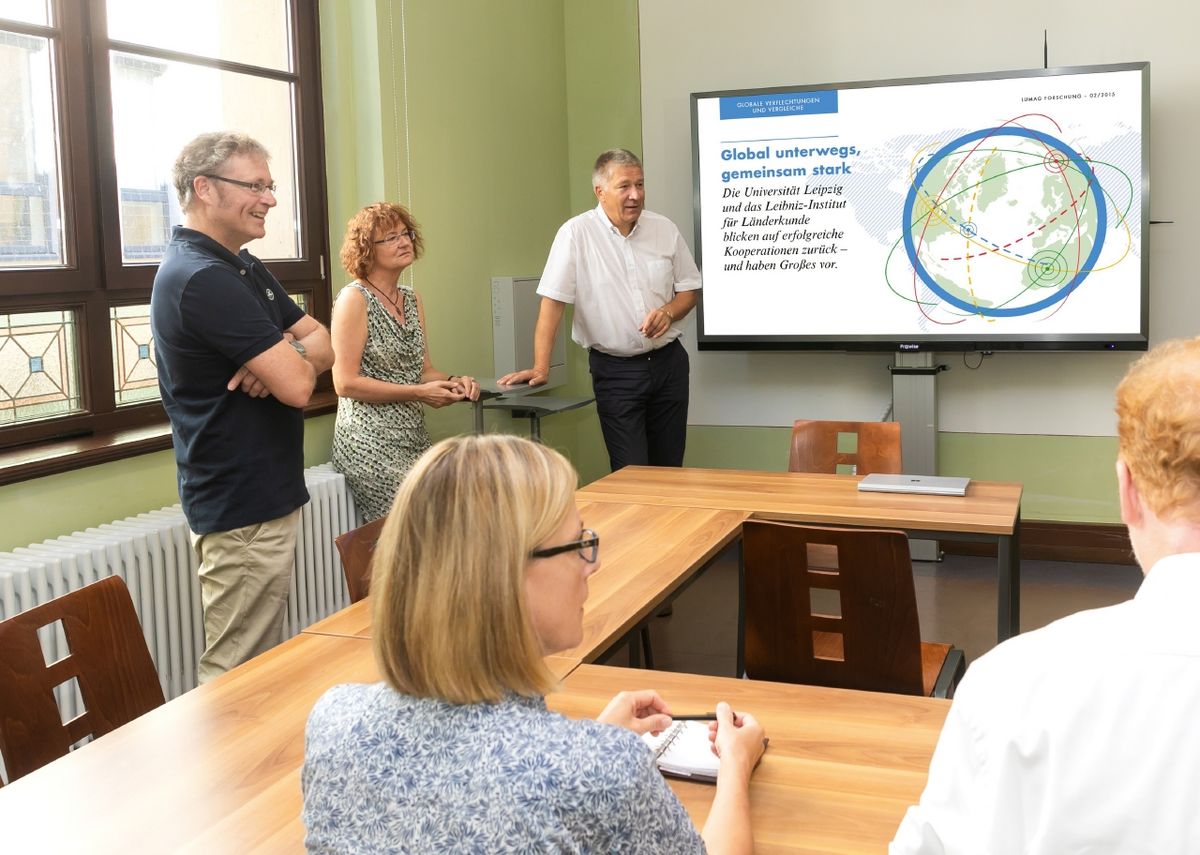
Firstly, the Spatialization under the Global Condition Collaborative Research Centre investigates the emergence of spatial formats – the results of spatial action of individual stakeholder groups, such as territories, networks, chains, enclaves, corridors and (special) zones. Secondly, this Collaborative Research Centre aims to understand how these spatial formats are combined into complex spatial orders, and their evolution since the 18th century under the global condition. The collaborative project is also part of the interdisciplinary research programme of the Leipzig Research Centre Global Dynamics (ReCentGlobe) and includes an integrated Research Training Group, which acts as a link between academic education and interdisciplinary research.
Cells communicate with each other and their environment via receptors. G protein-coupled receptors (GPCRs) are the largest group of membrane receptors and found in almost all living organisms. In CRC 1423, “Structural Dynamics of GPCR Activation and Signal Transduction”, Leipzig University researchers from the life sciences, medicine, pharmacy and bioinformatics are investigating interactions between peptide receptors and adhesion receptors – GPCRs that have so far been the subject of little research. To this end, they are collaborating with partners at the Charité university hospital in Berlin, the Helmholtz Association’s Max Delbrück Center for Molecular Medicine, and the Martin Luther University Halle-Wittenberg. One of the CRC’s goals is to clarify the dynamic structural states of these GPCRs in order to understand their functions. This could lead to the development of novel therapeutics for this class of GPCRs. Doctoral candidates at this CRC are trained in its integrated Research Training Group.

With the CRC/Transregio 172, we are conducting systematic large-scale research in the field of Arctic climate amplification (AC)³ for the first time in Germany. Applying a variety of different methods, the aim of the wide-ranging research alliance with the University of Bremen, the University of Cologne, the Alfred Wegener Institute and the Leibniz Institute for Tropospheric Research is to observe climatic changes in the Arctic over long periods of time. On the basis of observations of measuring instruments on satellites, aircraft, airborne balloon platforms, research vessels and the results of selected ground-based monitoring stations, the researchers are developing models to reliably predict the warming already recorded in the Arctic.
The Transregio 386 HYP*MOL aims to merge the fields of magnetic resonance, spintronics, and spin chemistry. Scientists from the University of Leipzig and the Chemnitz University of Technology, along with other partners, collaborate to investigate the phenomenon of hyperpolarization, the controlled generation of short-lived spin order of electrons or magnetic nuclei. They contribute to the fundamental understanding of the generation of electron and nuclear spin hyperpolarization, their transport through molecular structures, and their control. Professor Jörg Matysik from the Institute of Analytical Chemistry at the University of Leipzig leads the research consortium together with co-speaker Professor Georgeta Salvan from the Institute of Physics at Chemnitz University of Technology.
DFG Collaborative Research Centres and Transregios (Leipzig University as Project Partner):
Chemical mediators play a key role in many habitats of species communities. Coordinated by the University of Jena, Collaborative Research Centre 1127 investigates fundamental control mechanisms in complex biosystems in order to elucidate the effects and effective sites of mediators, with the long-term aim of being able to manipulate complex biosystems.
Dr Severin Sasso from Leipzig University’s Institute of Biology is co-head of a sub-project focusing on identifying secondary metabolites with roles in interaction between Chlamydomonas reinhardtii and other microorganisms.
The Collaborative Research Center 1320 "Science of Everyday Activities - Analytical and Generative Modeling" (EASE), coordinated by Professor Michael Beetz from the University of Bremen, explores a new approach in basic research on the principles of human information processing. The goal is to develop information-processing models that enable autonomous robots to master everyday activities fully.
Professor Carsten Lutz from the Institute of Computer Science is conducting research within the project on ontologies with abstraction.
Collaborative Research Centre 1140, Hybrid Societies: People Interacting with Embodied Digital Technologies, is coordinated by Chemnitz University of Technology. Its interdisciplinary team are researching the conditions for humans and machines to successfully live side by side in public space.
Professor Christian Pentzold from the Institute of Communication and Media Studies leads the sub-project concerned with public relations on the topic of knowing, understanding, and engaging with embodied technologies. The project addresses core segments of our changing society. It offers communicative interfaces to three main target groups: the general public, political stakeholders and industry representatives.
In Collaborative Research Centre 1083, Structure and Dynamics of Internal Interfaces, chemists are collaborating with physicists to investigate solids and solid-state interfaces of a variety of organic and inorganic materials in order to achieve a detailed microscopic understanding of chemical bonding, electronic coupling and energy transfer dynamics for model systems of different classes of heterointerfaces.
Professor Ralf Tonner of the Institute of Theoretical Chemistry is working on the sub-project “Unified density functional description of bonding and interaction at inorganic/organic interfaces”.
As the European population ages rapidly, the social and socio-economic relevance of regenerative therapies is steadily increasing. The research project ELAINE, which is led by the University of Rostock, concentrates on novel, electrically active implants for use in the regeneration of bone and cartilage.
Professor Angelika Richter from Leipzig University’s Institute of Pharmacology, Pharmacy and Toxicology is co-head of a sub-project focusing on deep brain simulation in models of dystonia.
Collaborative Research Centre / Transregio 325, Assembly-Controlled Photocatalysis, aims to develop a new generation of photocatalytic systems for organic synthesis by controlling the interactions between the catalyst and the reaction partners. In the long term, it wants to contribute to the further saving of energy and resources in light-driven reactions. Professor Thorsten Bach from the Technical University of Munich is the spokesperson of this Transregio.
The professors Tanja Gulder and Kirsten Zeitler from the Institute of Organic Chemistry at Leipzig University are each involved with a sub-project.
The Transregio 294 "Transformation of Property," coordinated by Professor Hartmut Rosa from the Friedrich Schiller University Jena, conducts interdisciplinary research to regain the sociological perspective on property and empirically examine the assumed structural transformation.
Dr. Lars Vogel from the Institute of Political Science conducts research on economic property and political (in)equality as an elite sociological analysis within this project.
In Transregio/CRC 296, Local Control of TH Action, researchers are addressing the question of which components control organ homeostasis and to what extent a change influences diseases. The interdisciplinary consortium with a spokesperson at the University of Duisburg-Essen has a unique collection of mouse models for all key components, as well as disease-specific models and patient cohorts. Innovative technologies for targeted modulation of local thyroid hormone tissue status are used.
At the Institute of Anatomy, Professor Ingo Bechmann is investigating monocarboxylate transporter 8, a specific transporter for thyroid hormones in the brain, in sub-project P03, Transporter Expression and TH Action in the Brain.
Transient receptor potential (TRP) channels form a complex protein family with many important functions as cellular sensors and effectors. TRP proteins thus regulate an extraordinarily broad range of physiological homeostatic functions. CRC/Transregio 152, Maintenance of Body Homeostasis by Transient Receptor Potential Channel Modules, is working on reclassifying and redefining the known TRP channels. This is leading to new approaches and tailored therapies for patients with diseases associated with dysfunctional TRP proteins.
Professor Michael Schäfer from Leipzig University’s Rudolf Boehm Institute of Pharmacology and Toxicology is supporting the lead institution, Ludwig-Maximilians-Universität München, in a sub-project investigating the influence of drug-like compounds on diseases involving TRP channels.
The Transregio 360 "Restricted Quantum Matter," led by Professor István Kézsmárki from the University of Augsburg, aims to advance the fundamental understanding of quantum matter and enable the use of constraints to generate novel quantum states.
Professor Alexander Tsirlin from the Felix Bloch Institute for Solid State Physics conducts research within the subproject "Dynamics of rare-earth-based frustrated magnets" in this endeavor.
